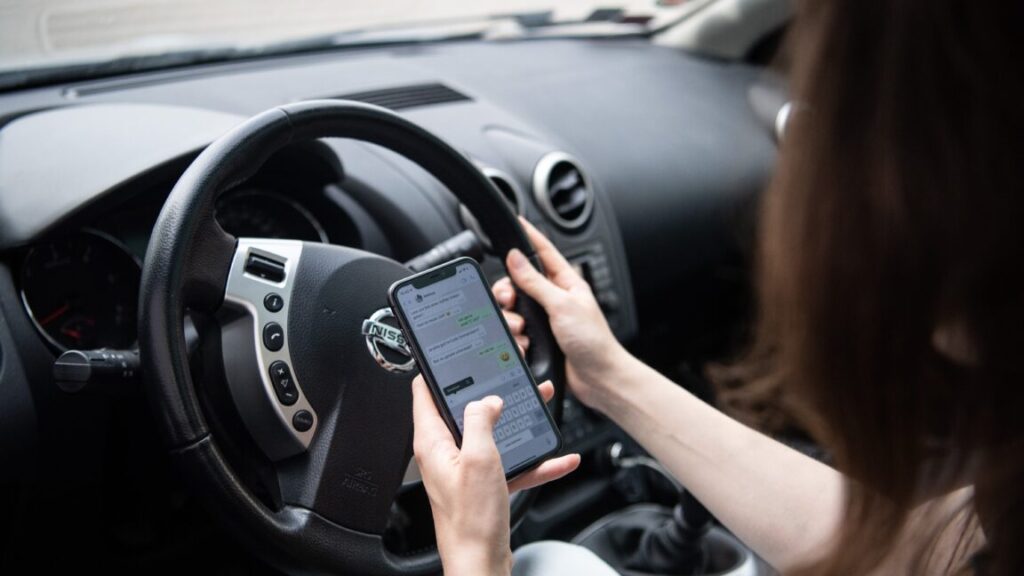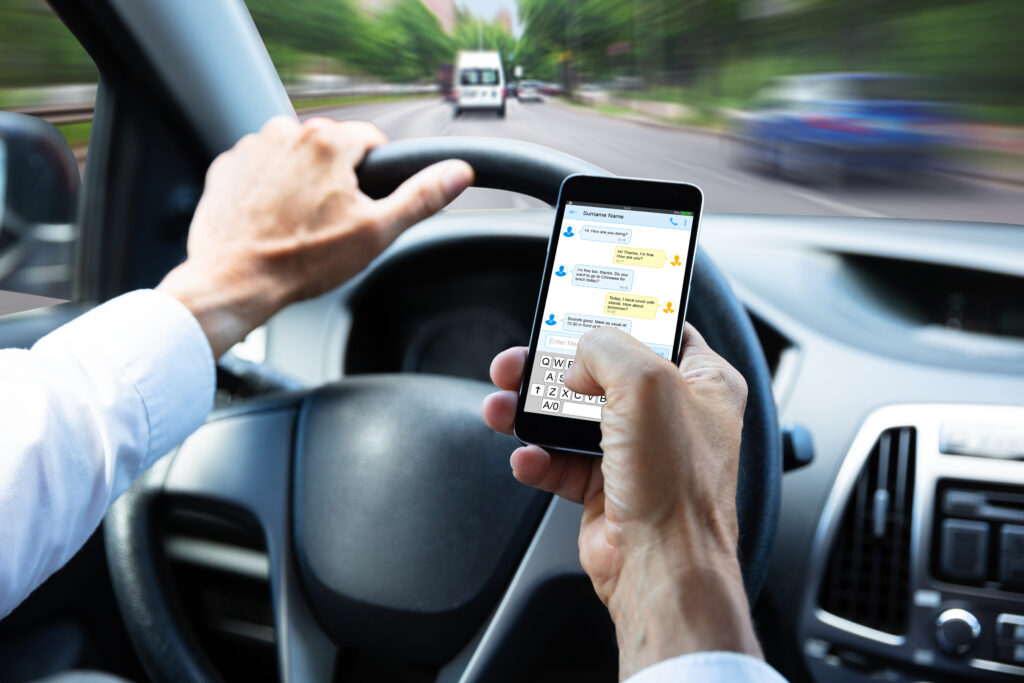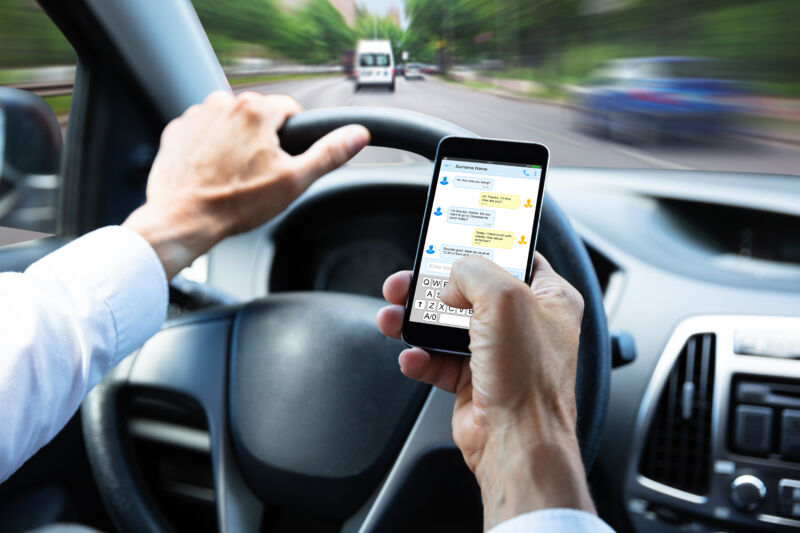Girl strangled by her own wheelchair as bus monitor texted, checked Instagram
Cell phones are magnets for our attention, but you can, of course, face significant legal jeopardy for giving them that attention. Just ask the “safety driver” of an Uber self-driving vehicle, which hit and killed a pedestrian in Arizona in 2018. According to authorities, the driver was watching The Voice on Hulu just before the crash—and was then charged with negligent homicide.
These kinds of cases are always tragic because they feel so easily avoidable, but they also happen with enough regularity that it’s easy to tune them out. According to the National Highway Traffic Safety Administration, 3,308 people were killed by distracted drivers in 2022 alone—and “texting is the most alarming distraction.”
That’s why states continue to crack down on cell phone use while driving. A Colorado law that went into effect on January 1, for instance, bans a driver from using any mobile electronic device unless it is hands-free. Thirty US states now have such bans in place.
But a trial that wrapped up in New Jersey this week caught my attention, because it is one of the sadder and stranger examples of cell phone-mediated distraction while in a vehicle. A young girl died, and a 28-year-old woman is probably going to jail, but this is not your typical tale of texting while driving. Texting was involved—34 times, in fact—but driving had nothing to do with what happened.
Child endangerment
The trial was about an incident in Franklin Township, New Jersey, on July 17, 2023, when a 6-year-old girl named Fajr Williams got on a bus to attend a summer program. Williams had disabilities and was confined to her wheelchair. The bus had a spot for anchoring wheelchairs to the ground, and it had a ride-along bus monitor named Amanda Davila, 28, who was supposed to watch and assist kids like Williams.
According to state prosecutors, Williams was properly strapped into her wheelchair and had been taken down to the bus by her older sister. Williams was then loaded onto the bus, but her chair was not allegedly attached to the floor correctly, nor were the proper seatbelts used. As a result, while the bus drove its route to school that morning, Williams began to slide down the seat of her wheelchair. (She could not control her trunk movements normally, and so she was unable to sit back up.) At some point in the ride, she slid low enough that her chair’s own four-point harness, which was meant to keep her upright, began to choke her. By the time the bus arrived at school, William had been strangled to death.
Girl strangled by her own wheelchair as bus monitor texted, checked Instagram Read More »



